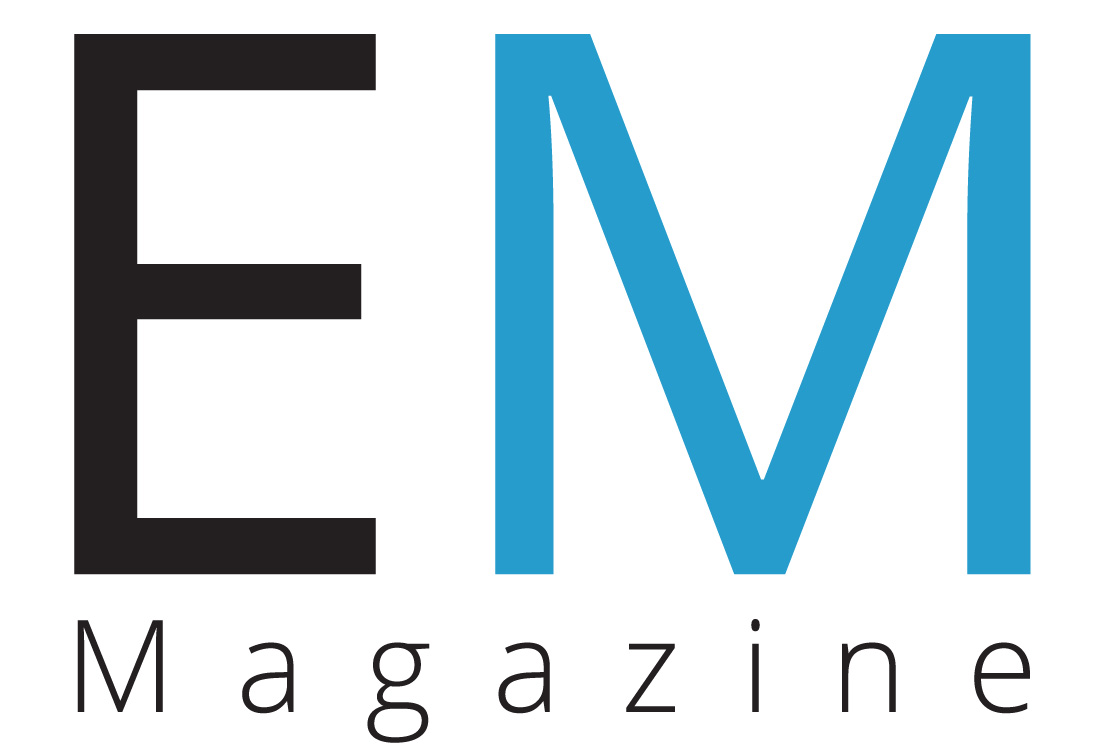Alexander Gittens, Utilities & Energy Senior Business Development Manager, Getac
From rising global temperatures to natural disasters, the climate crisis is having a negative impact on human health, ecosystems, and costing businesses, with the World Economic Forum (WEF) predicting that by 2050 climate change is likely to cause $12.5 trillion in economic losses worldwide.
The UK is seeking to build a leadership position on climate issues, and its new Planning and Infrastructure Bill adds to this by fast-tracking clean energy projects for grid connections across the country. However, while this is an important initiative from the government, the impetus is also on energy and utilities companies to modernise and enhance operational efficiencies.
Technology is foundational to these efforts. In a sector that’s dominated by field-work in harsh, remote conditions, rugged technologies, in particular, must be geared towards decarbonisation, e-waste reduction, and the efficiency of energy infrastructure and transportation. The time is now for energy and utilities companies to consider how to layer sustainable decision-making into the hardware they deploy. In today’s world, there is a diverse range renewable energy sources available to harness for a greener tomorrow, each offering unique benefits and challenges.
Types of renewable energy sources
Nearly half (47%) of the European Union’s electricity now comes from solar and other renewables, and solar was still the fastest growing power source last year. Solar panels provide around 15-20% efficiency and integrate with the electrical grid bi-directionally to create electricity and balance intermittent energy and power generation elsewhere.
Wind energy, particularly onshore, benefits from higher atmospheric energy levels, and while it can be more variable, it thrives in open, flat areas such as in Denmark, where wind energy is one of the most widely used renewable energy sources. In contrast, offshore wind power is more consistent due to the compound effect of having fewer obstructions than onshore and experiencing a more significant temperature gradient between land and the ocean.
Hydropower takes advantage of hydroelectric energy from the large percentage of water on Earth, harnessing the inherent kinetic energy of water to spin a turbine to generate electricity through a hydroelectric system. With our energy grid increasingly reliant on these sustainable resources, it’s vital to coordinate these various streams to maximise output, stability, and resiliency while keeping costs and environmental impact low. Smarts grids should be thought of as a connective tissue that absorbs the inconsistency of renewable energy and always delivers consistent, reliable output energy.
Tackling the barriers to clean energy rollout
Grid infrastructure quickly becomes a limitation in realising the benefits of renewable resources. Despite significant disagreement on the scale, method, and mechanisms to deliver renewable energy to reduce emissions from greenhouse gases, governments are implementing transformational regulations. For instance, the EU’s Trans-European Networks for Energy (TEN-E) policy, which facilitates investments in cross-border energy infrastructure. But despite these major initiatives, standardisation and permitting processes are barriers to integrating renewable energy into the grid.
Source power intermittency is one of the biggest challenges to clean energy. The sun doesn’t always shine, and the wind doesn’t always blow enough to produce electricity, leading to energy production peaks and troughs. As a result, maintaining resilience and generating electricity through energy storage when the energy is available is the next hurdle to clear. In addition, the cost of renewable energy technologies continues to decline, further elevating demand for energy storage.
Raising public awareness can help drive governments to act, and non-government organisations and activist groups are forming to increase the urgency of shifting to clean energy. Finally, creating public-private partnerships brings innovation and current hurdles directly to the public, raising awareness.
The UK has committed to achieve net-zero carbon emissions by 2050. To reach this ambitious target, society’s prioritisation of clean energy implementation is non-negotiable. Both public perception and universal regulatory alignment will support the bold transition.
Rugged devices with advanced connectivity are key to a greener future
Rugged, durable devices are a primary enabler for implementing green energy globally, especially in field services. They play a fundamental role in future-proofing the UK’s clean energy strategy, and while the UK government has committed to prioritising dozens of ready-to-go projects for on and offshore wind, solar power, electricity grids, hydrogen, carbon capture and nuclear power, this commitment alone will not create this drastic shift.
Rugged solutions transform operations, moving from a pen-and-paper approach to a fully digital one, increasing productivity in field service businesses. A key part of this transformation is the shift away from legacy systems towards more open and flexible platforms like Android, which offer familiar, user-friendly interfaces that streamline fieldwork. Energy and utilities companies must upgrade outdated technology and invest in devices that enable workforce automation and AI-based applications, like predictive maintenance.
Rugged computing solutions are designed for longevity, efficiency, and operational resilience, ultimately reducing the need for frequent replacements, while minimising e-waste and supply chain consumption. By supporting next-generation connectivity technologies, such as private 5G and Wi-Fi 6E, the devices deliver seamless operations, which in turn reduces the carbon footprint associated.
This article appeared in the April 2025 issue of Energy Manager magazine. Subscribe here.



